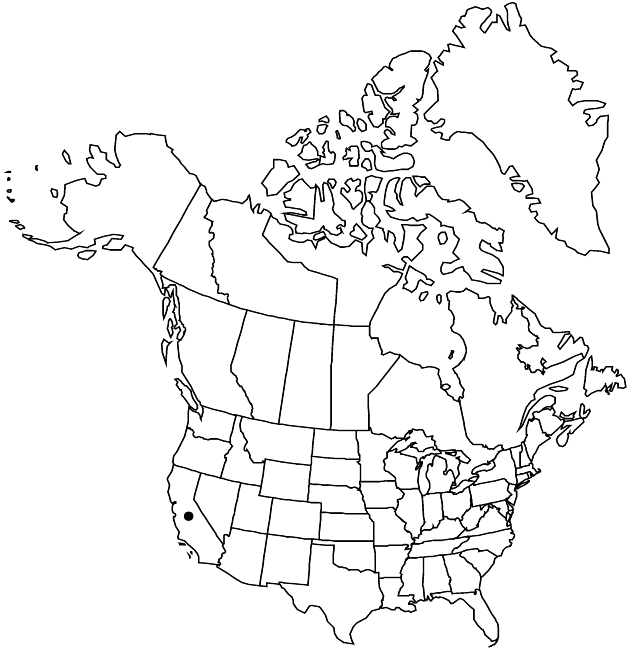Crepis bursifolia
Sp. Pl. 2: 805. 1753.
Perennials, 5–35 cm (taproots stout, caudices covered by old leaf bases). Stems 2–9+, arcuate or decumbent, slender, scapiform, cymosely branched distally, glabrous. Leaves mostly basal; petiolate; blades oblanceolate, lyrate, 2.5–25 × 0.5–6 cm, margins pinnately lobed (lateral lobes lanceolate, dentate, acute, terminal lobes usually larger), apices obtuse or acute, faces glabrous. Heads 2–3 (peduncles slender), in cymiform arrays. Calyculi of 10–14, (lax) linear, tomentose or glandular-pubescent bractlets 2–5 mm. Involucres cylindric, 8–11 × 3–4 mm. Phyllaries 10–12 (reflexed, medially yellowish) lanceolate (bases keeled, margins dark greenish, sometimes scarious), apices acute (ciliate), abaxial faces tomentulose, adaxial with fine hairs. Florets 30–60; corollas light yellow, greenish abaxially, 10–11 mm. Cypselae pale brown, fusiform, 6–7 mm, beaked, beaks pale (lengths nearly 2 times bodies), ribs 10; pappi white, 3–4 mm. 2n = 8.
Phenology: Flowering Apr–Sep.
Habitat: Waste places, lawns
Elevation: 0–100 m
Distribution

Calif., Europe.
Discussion
Crepis bursifolia is identified by the dense basal rosettes of glabrous, lyrate leaves with dentate lateral lobes and relatively large terminal lobes, relatively few heads on slender peduncles, and cypselae with relatively thin beaks two times lengths of the bodies. It is an aggressive weed.
Selected References
None.